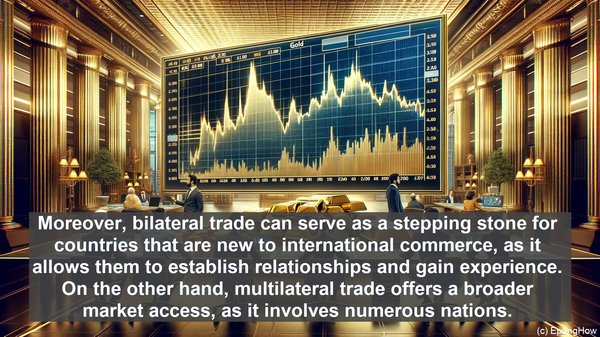Introduction: The Global Trade Landscape
Hello everyone, and welcome to our article on bilateral and multilateral trade. In today’s interconnected world, trade is the lifeblood of economies. It’s crucial to grasp the various trade frameworks that nations employ. Two such frameworks are bilateral and multilateral trade. While both involve international commerce, they differ significantly in their scope and dynamics.

Bilateral Trade: A Two-Way Street
Bilateral trade, as the name suggests, involves two parties – typically, two nations. It’s a direct exchange of goods and services between these two entities. Bilateral agreements are often tailored to address the specific needs and concerns of the involved nations. They can be comprehensive, covering a wide range of sectors, or focused on specific industries. One of the key advantages of bilateral trade is the flexibility it offers, as negotiations can be more targeted and expedited.
Multilateral Trade: A Web of Connections
In contrast, multilateral trade involves multiple parties. It’s a complex network of trade relationships, often facilitated through international organizations like the World Trade Organization (WTO). Multilateral agreements, such as the General Agreement on Tariffs and Trade (GATT), aim to establish a set of global trade rules that all participating nations adhere to. This creates a more standardized and predictable trading environment. Additionally, multilateral trade can foster economic interdependence and promote global cooperation.

Comparing the Two: Advantages and Considerations
When it comes to bilateral trade, the direct nature of the agreements allows for more tailored provisions. This can be advantageous for industries with specific requirements. Moreover, bilateral trade can serve as a stepping stone for countries that are new to international commerce, as it allows them to establish relationships and gain experience. On the other hand, multilateral trade offers a broader market access, as it involves numerous nations. This can lead to economies of scale and increased competitiveness. Additionally, multilateral agreements often tackle non-trade issues, such as environmental or labor standards, which can have far-reaching implications.
